From Lagerfeld to Saint Laurent: new fashion books
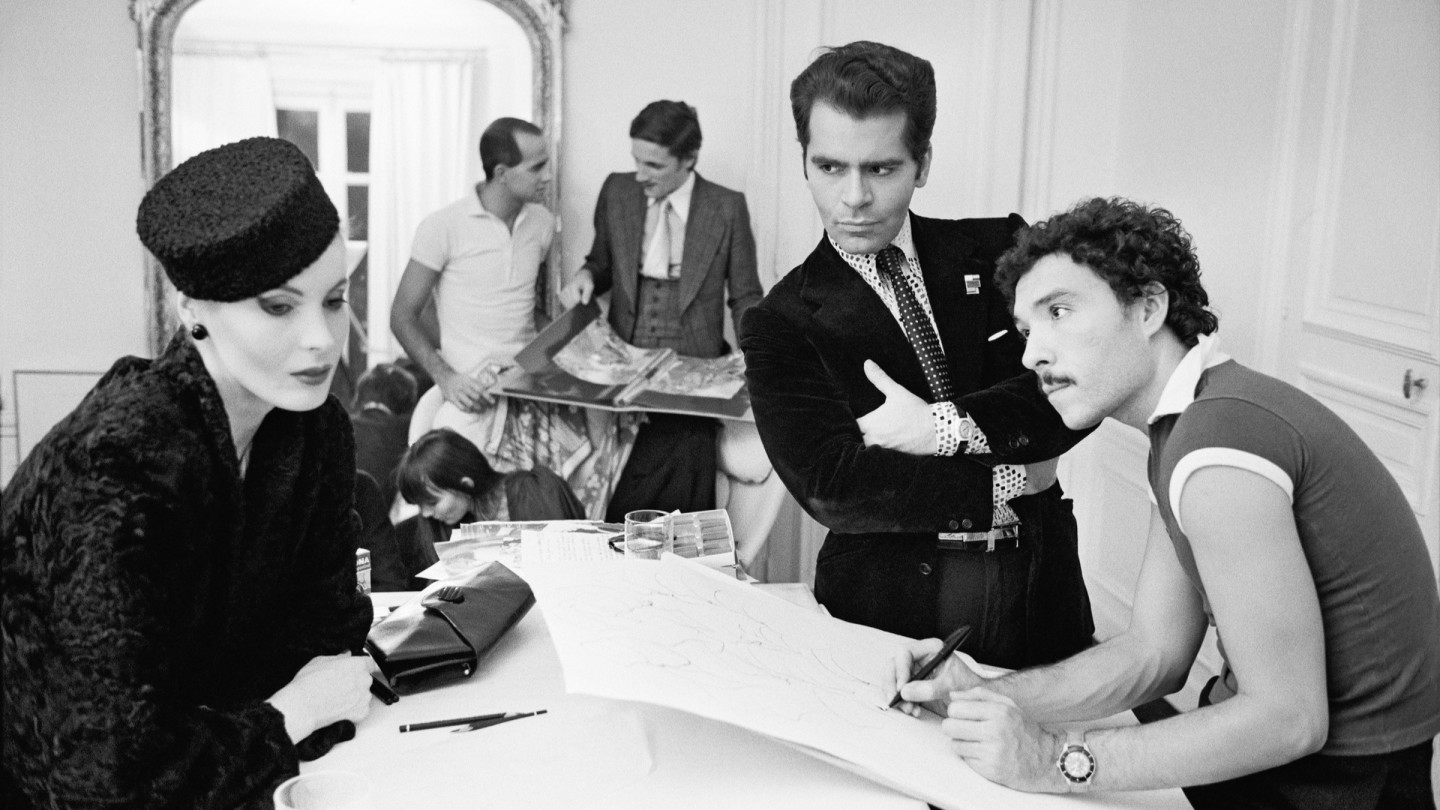
Roula Khalaf, Editor of the FT, selects her favourite stories in this weekly newsletter.
As We Rise: Photography from the Black Atlantic
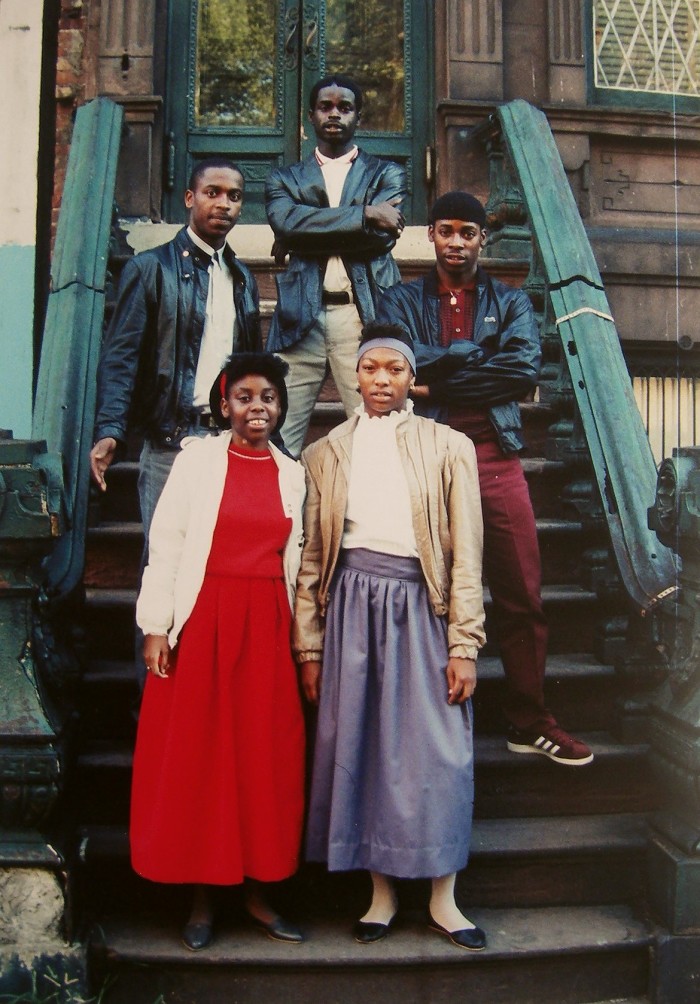
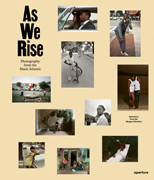
Drawn from Toronto’s Wedge Collection, which exhibits art exploring black identity, As We Rise celebrates photography that has come out of African diasporic culture. The images aren’t concerned with fashion necessarily, but they illustrate the power and joy of clothing as a means of self-expression: from Jamel Shabazz’s 1980s portrait of two smiling friends dressed in matching outfits as they ride the New York subway to James Barnor’s photographs of 1960s London street style. “We see people who are looking at the camera, at the photographer,” writes Teju Cole in his preface, “generally at their ease, dressed as they wish to be.” Aperture, $50
Karl Lagerfeld: A Life in Fashion by Alfons Kaiser
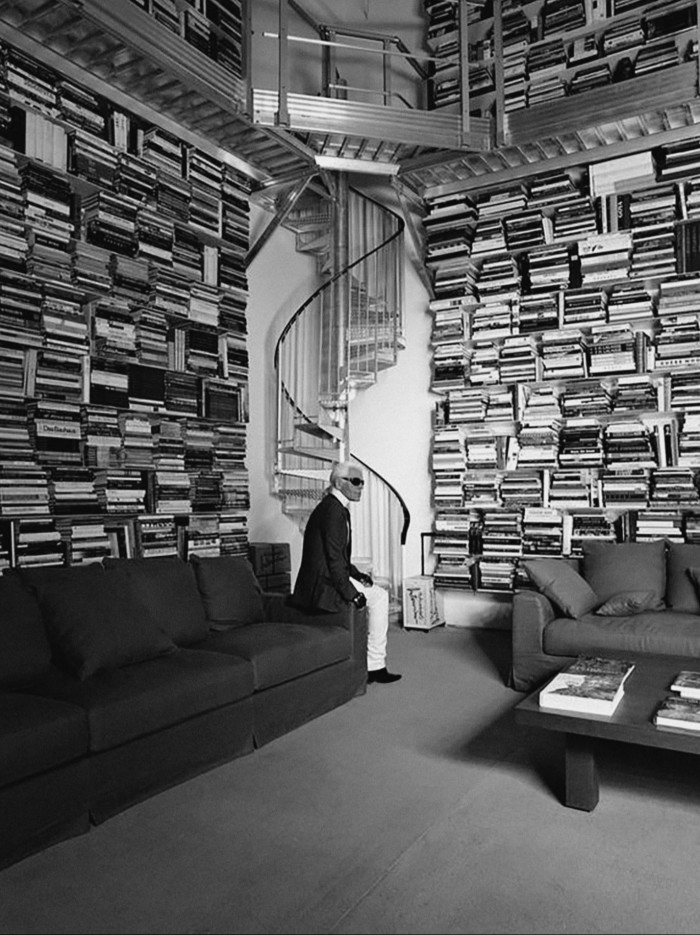
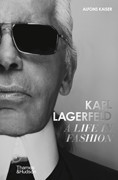
This biography of the first man of contemporary fashion caused a stir when it was published in German in 2020 as a result of its revelations about Lagerfeld’s parents’ connection with the Nazi Party. It is now being translated into English for the first time. German newspaper editor Alfons Kaiser, who knew and worked with Lagerfeld for many years, conducted interviews with more than 100 of his friends, colleagues and associated fashion journalists. It has since been lauded as a “definitive account” of the designer’s life. Thames & Hudson, £25
I Am Sparkling: NV Parekh and His Portrait Studio Clients – Mombasa, Kenya, 1940-1980 by Isolde Brielmaier
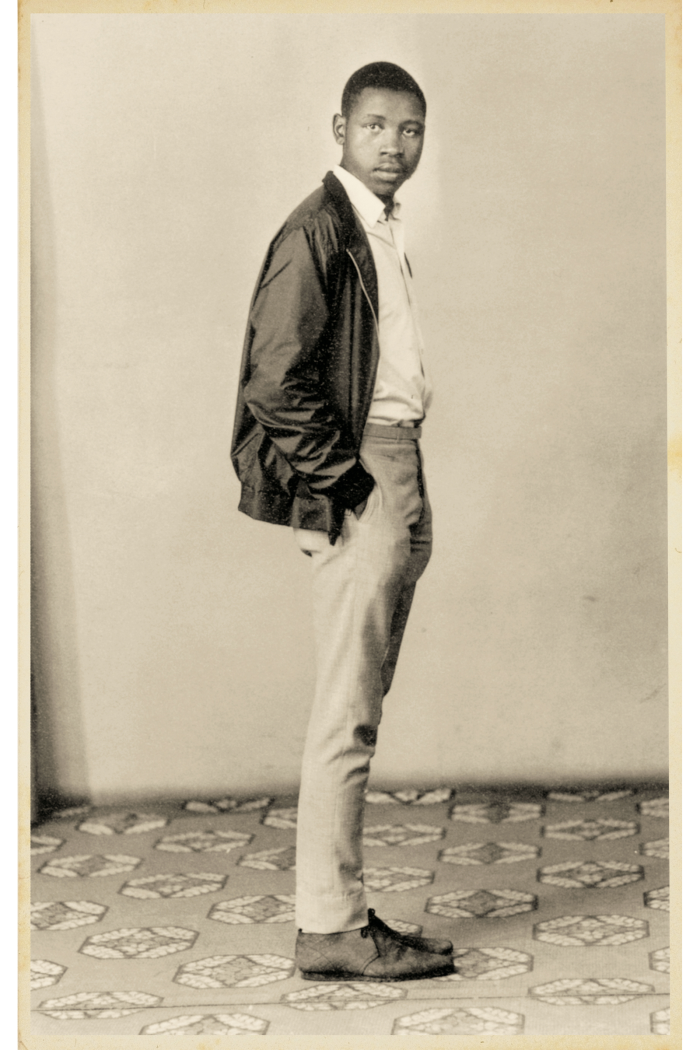
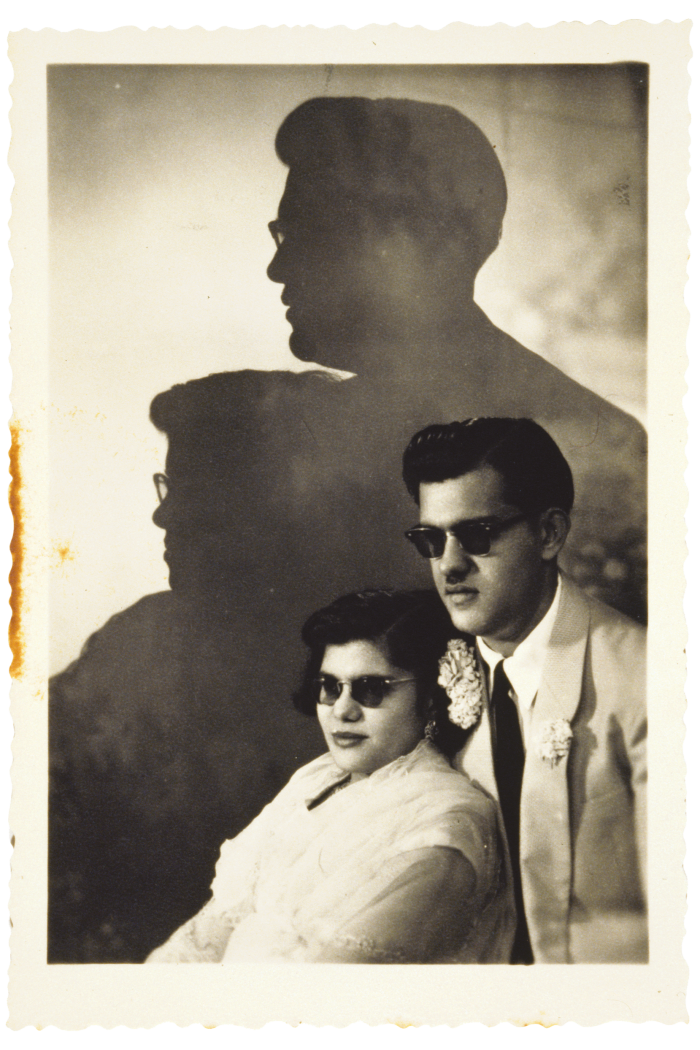
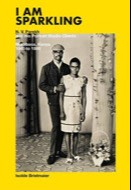
NV Parekh was an influential mid-20th-century portrait photographer whose studio in the Kenyan port city of Mombasa, founded in the early 1940s, drew sitters from all over east Africa and beyond. His clients would visit to mark important milestones such as weddings, graduations, birthdays and other gentler occasions for around 40 years; it gave them an opportunity to assert their identity through props and clothing such as sari dresses, kanzu robes, wigs and kofias (caps). One man recalls visiting Parekh’s studio after buying a “one-of-a-kind” fur belt so that he could have a visual record.
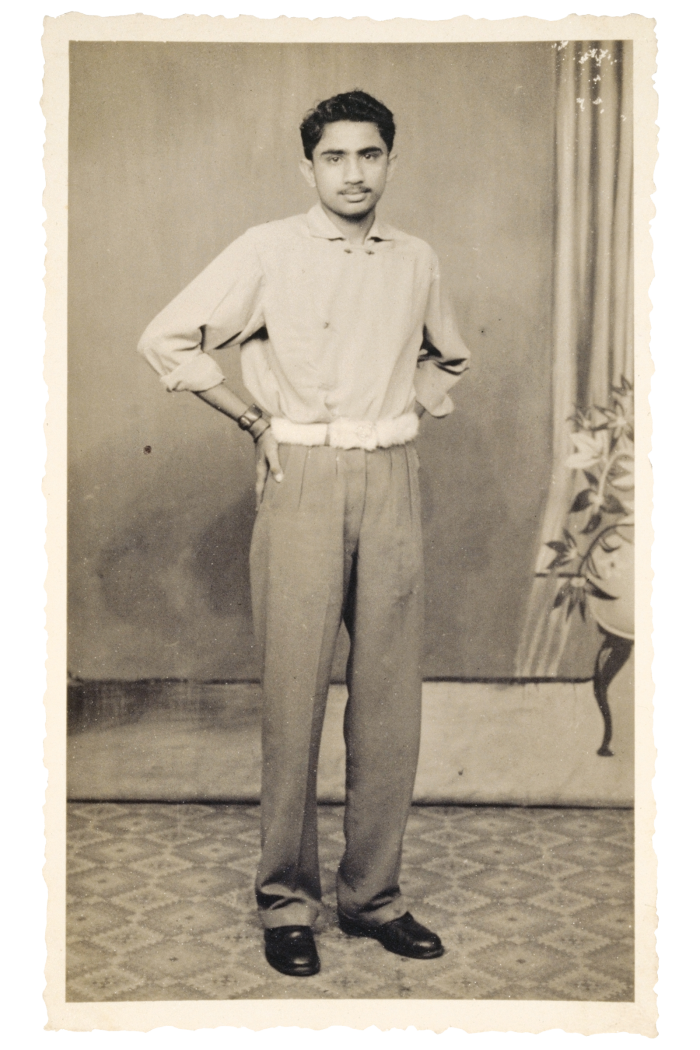
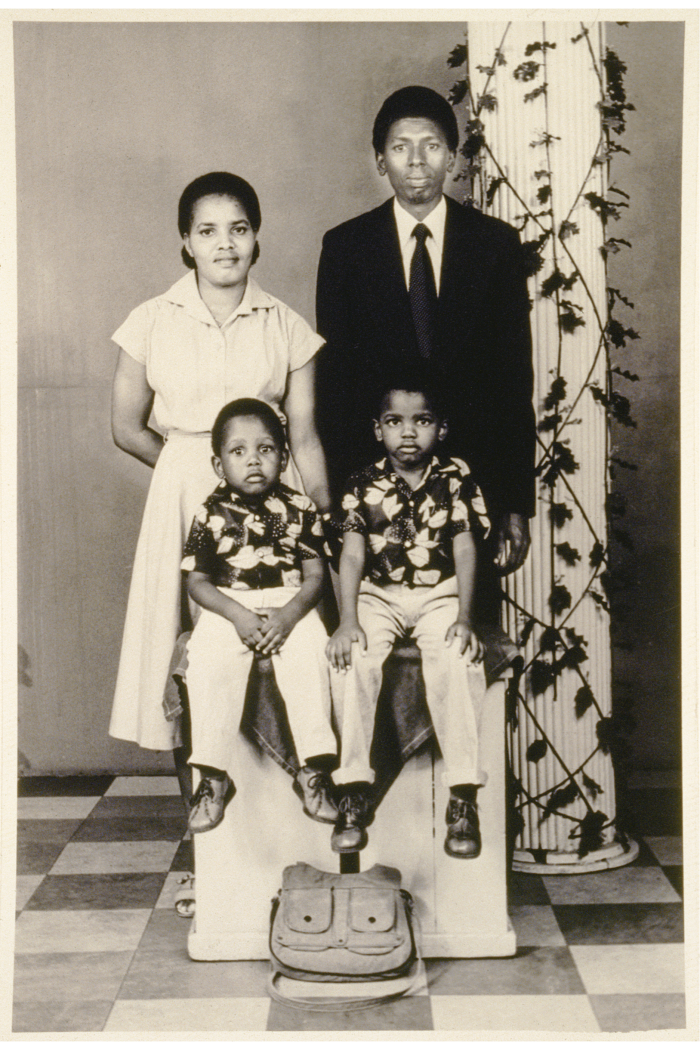
Drawn together in a new book, the collected archive offers an extraordinary glimpse of everyday lives. Some are “glamour shots” that women would commission to hang on their walls or give to their husbands, other portraits are more inspired by Bollywood films – Parekh himself was born in Kenya to Indian parents in 1923, and many of his clients were from the city’s south Asian communities. “Indian film is about romance and dreams... There are always scenes of couples basking in the moonlight and people looking up at the stars,” said Parekh, who died in 2007. “I think that ordinary folks go to see movies in order to escape life’s more difficult realities. They see their dreams come true on the screen... This is exactly what I would try to capture in the studio.” Damiani, €45 Sara Semic
Yves Saint Laurent Museum Marrakech, Studio KO
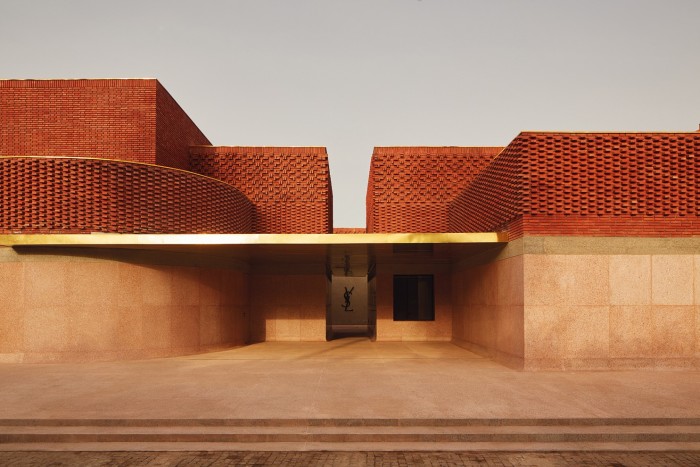
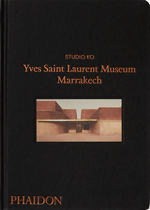
In his initial sketch for the design of a new Yves Saint Laurent museum in Marrakech, French architect Karl Fournier imagined “a brick wall supple like fabric”. His partner Olivier Marty, meanwhile, was inspired to create a building with a “lightness that would fall perfectly, like a well cut garment”. The result, which opened in 2017, is true to both of these original visions: an elegantly curved brick façade, almost windowless – to preserve the contents within – but centred around a light-filled courtyard.
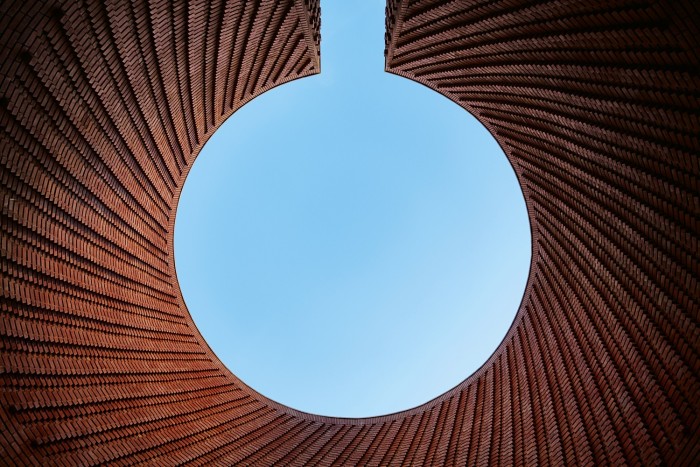
The design process, from first sketch to completion, is documented in diary-like form in a book by the design firm Studio KO. It offers, via architecture, a new insight into Saint Laurent’s design principles and values. Like the aesthetics that inspired the building’s creation, the final structure is “simple yet radical”.
Phaidon, £39.95
The Fendi Set: From Bloomsbury to Borghese
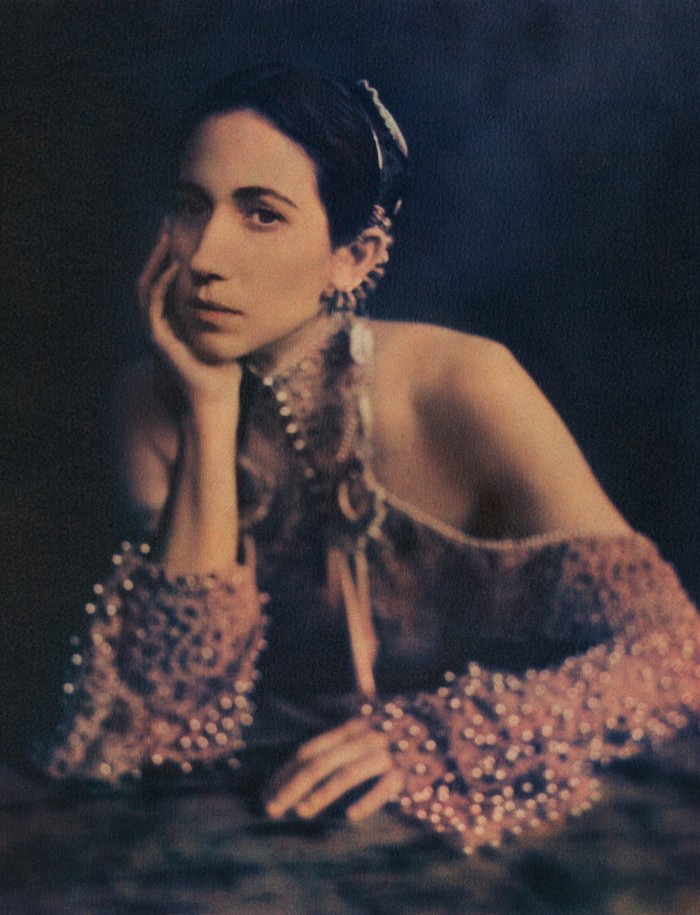
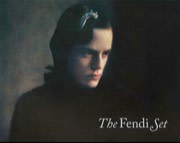
As a teenager growing up in Lewes, near the south coast of England, Kim Jones would often see the art historian Quentin Bell – the latter would be down from nearby Charleston, where he had lived with his mother, Bloomsbury painter Vanessa Bell. “It was before I understood the complicated relationships and structures within the group,” Jones recalls of the radical artistic set, “but I was fascinated by the ideal of freedom to which they aspired.”
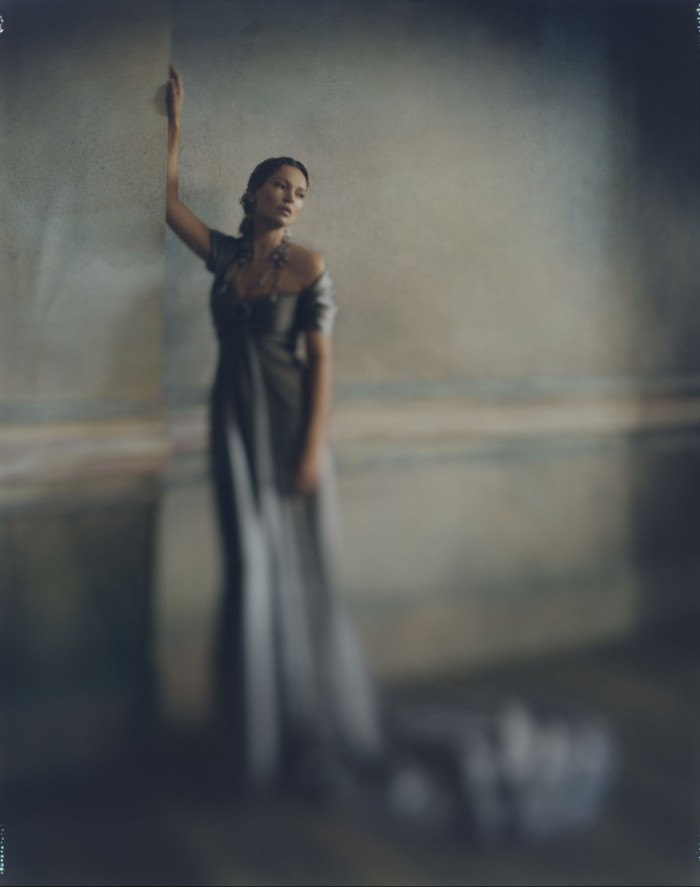
The Bloomsbury Set have had a great influence on Jones throughout his career – in 2020 he revealed to HTSI that he owned a precious first edition of Virginia Woolf’s The Waves, among other treasured works. His first Fendi womenswear couture show in January last year took inspiration from Woolf’s Orlando, and his ongoing fascination forms the backdrop to The Fendi Set. In this new book, Nikolai von Bismarck shoots Charleston on expired Polaroid and Super 8 film; he also photographs Naomi Campbell, Demi Moore, Kate Moss and Christy Turlington modelling Jones’ Orlando-inspired creations in Paris. Letters, diary entries and excerpts from Virginia Woolf, Vita Sackville-West and Duncan Grant also feature. “Fendi was founded in 1925, when the Bloomsbury Set were at their most productive,” says Bismarck. “I wanted to create images that I felt had more in common with that moment rather than this one... an ethereal sense of dreaminess in time.” Rizzoli, £97.50
Cinematic Style: Fashion, Architecture and Interior Design on Film by Jess Berry
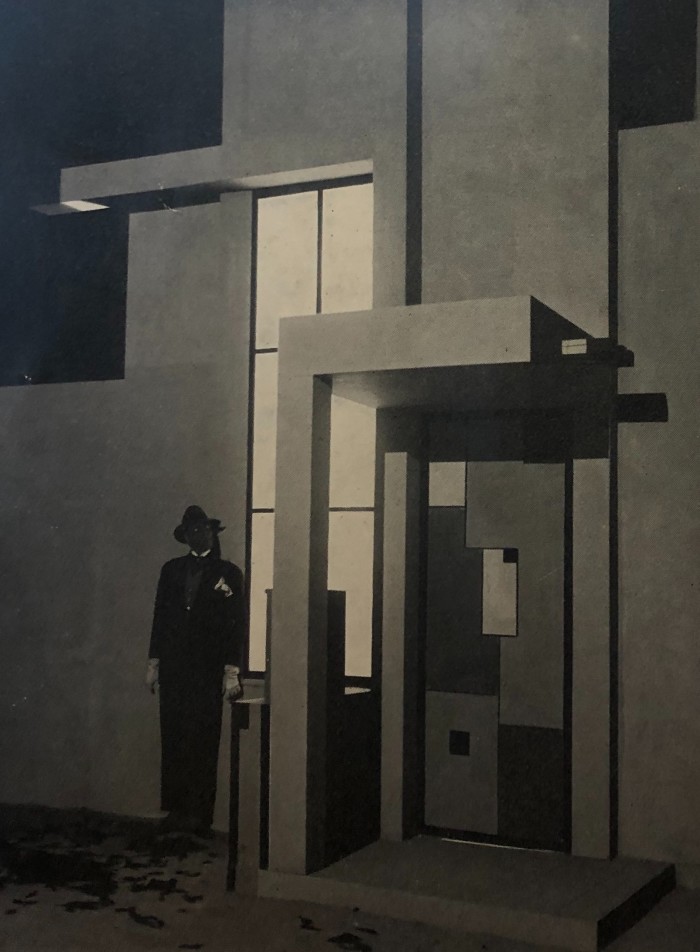
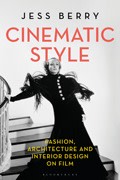
From Coco Chanel’s designs for Gloria Swanson in Tonight Or Never to a Great Gatsby film set that was turned into a Ralph Lauren flagship, this well-illustrated title from design historian Jess Berry considers the ways in which fashion and interior design have contributed to the world of cinema – and vice versa. One chapter probes the associations between villains, suits and modern architecture; another investigates the textiles and silhouettes that established our ingrained association of women with bedrooms in film, referencing Pretty Woman and In the Mood for Love. Bloomsbury, £23.99
Comments